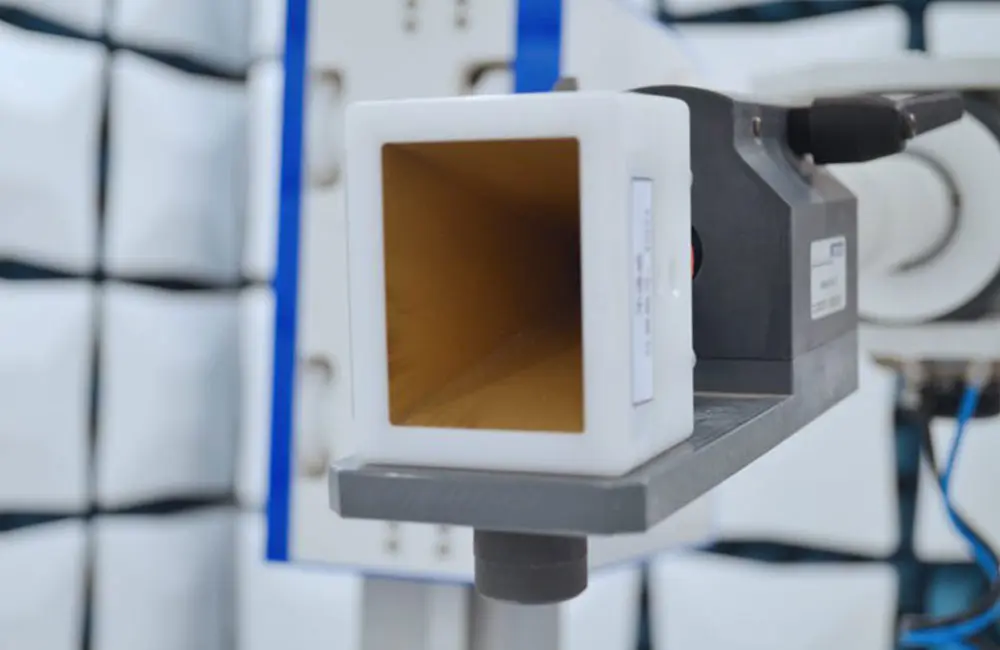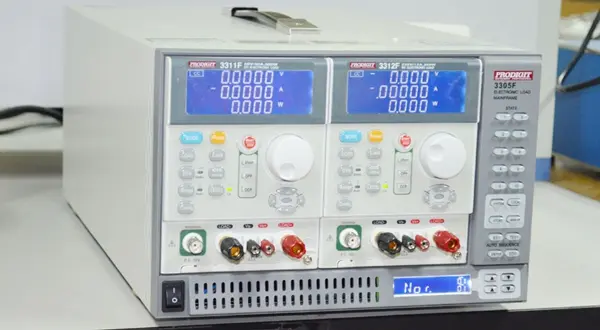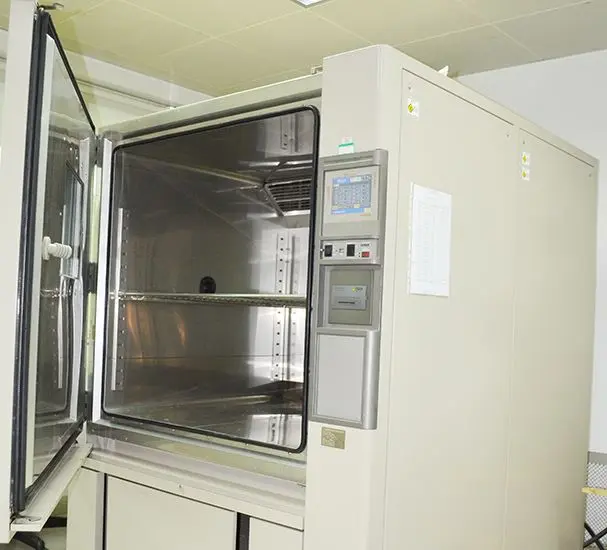
REACH SVHC Testing Laboratory
The reach regulation governs substances, mixtures, and articles, covering tens of thousands of cheMICals and a wide variety of downstream products that use these chemicals. It affects over $100 billion worth of Chinese exports to Europe annually. JJR Laboratory provides Substances of Very High Concern (SVHC) testing services for electronic and electrical products and their raw materials, helping enterprises REDuce compliance risks and enter international markets smoothly.

The European Union's REACH RegULation, officially known as the “Registration, Evaluation, Authorisation and Restriction of Chemicals,” came into effect on June 1, 2007. It applies to substances, mixtures, and articles, encompassing almost all products placed on the EU market. In recent years, enforcement of REACH has intensified, making it crucial for companies to understand the SVHC content in their products to fulfill relevant responsibilities and obligations.
Overview of Enterprise Responsibilities and Obligations:
If both of the following conditions are met, manufacturers or importers of articles into the EU must notify ECHA within six months of a substance being added to the SVHC candidate list:
i. The SVHC content in the article exceeds 0.1%;
ii. The total amount of that SVHC in the articles produced or imported into the EU exceeds 1 tonne/year per manufacturer or importer.
If any substance on the SVHC candidate list exceeds 0.1% (w/w) in a substance/mixture, an SDS (Safety Data Sheet) must be provided to the buyer. If an article contains a substance from the SVHC candidate list above 0.1% (w/w), sufficient information must be provided to the recipient or consumer, including the name of the substance, to enable safe use. This information must be provided free of charge within 45 days of request.
As of January 5, 2021, articles containing SVHCs above 0.1% placed on the EU market must be submitted to the SCIP database. The notification should identify the smallest unit within a complex object containing SVHCs above 0.1% and specify its position within the complex object.
If you are unsure about the SVHC content in your products, JJR Laboratory offers SVHC testing services for products and raw materials to help you meet reach compliance requirements with confidence.
REACH SVHC Testing
1. Applicable Product Scope
Products:
Household appliances (e.g. TVs, refrigerators, air conditioners, telephones, washing machines, rice cookers, range hoods, electric kettles, humidifiers, air purifiers), lighting products, digital devices (e.g. computers, tablets, smartphones, monitors, graphics cards, external hard drives, USB drives, gaming equipment, servers), home goods, decoration materials, furniture, clothing, footwear, bags, children’s toys, child care products, student stationery, paper products, daily chemical products, medical devices, sports equipment, automotive products, battery products, electrical devices (e.g. inverters, transformers), surveillance equipment, testing instruments, packaging, etc.
Raw Materials:
Plastics, rubber, silicone, polymers, metals, alloys, fabrics, leather, artificial leather, glass, ceramics, composite materials, electronic components, chemicals, industrial agents, paper, wood, electrolytes for batteries, etc.
Frequently Asked Questions
1. What is the turnaround time for SVHC testing?
The testing period for SVHCs depends on the complexity of the sample. Simple raw materials and components typically require about 7 working days. For complex finished products, please consult JJR Laboratory’s service desk for an estimated turnaround based on sample complexity.
2. Can SVHC testing be conducted on mixed materials?
Yes, JJR Laboratory accepts mixed material testing, up to 20 materials per batch. If the buyer has specific requirements, the number of materials for mixed testing should comply with those requirements.
3. What is SCIP notification?
SCIP stands for “Substances of Concern In articles as such or in complex objects (Products),” a database established under the Waste Framework Directive (WFD) to store information on SVHCs in articles or complex objects.
SCIP notification is required for all articles placed on the EU market that contain SVHCs above 0.1%. Manufacturers and assemblers in the EU, importers into the EU, distributors, and other actors placing articles on the market must submit the relevant information to the SCIP database. This requirement has been in effect since January 5, 2021.
Email:hello@jjrlab.com
Write your message here and send it to us
 LED Lighting EMC Testing Service
LED Lighting EMC Testing Service
 EU REACH Compliance Testing Services
EU REACH Compliance Testing Services
 Electronic and Electrical Reliability Testing Serv
Electronic and Electrical Reliability Testing Serv
 Electronic & Electrical Safety Compliance Test
Electronic & Electrical Safety Compliance Test
 Shenzhen Electronic Electromagnetic Compatibility
Shenzhen Electronic Electromagnetic Compatibility
 How to Test IP68 Rating
How to Test IP68 Rating
 Differences Between FDA and LFGB for Food Contact
Differences Between FDA and LFGB for Food Contact
 Process and Precautions for Amazon CPC Certificate
Process and Precautions for Amazon CPC Certificate
Leave us a message
24-hour online customer service at any time to respond, so that you worry!




